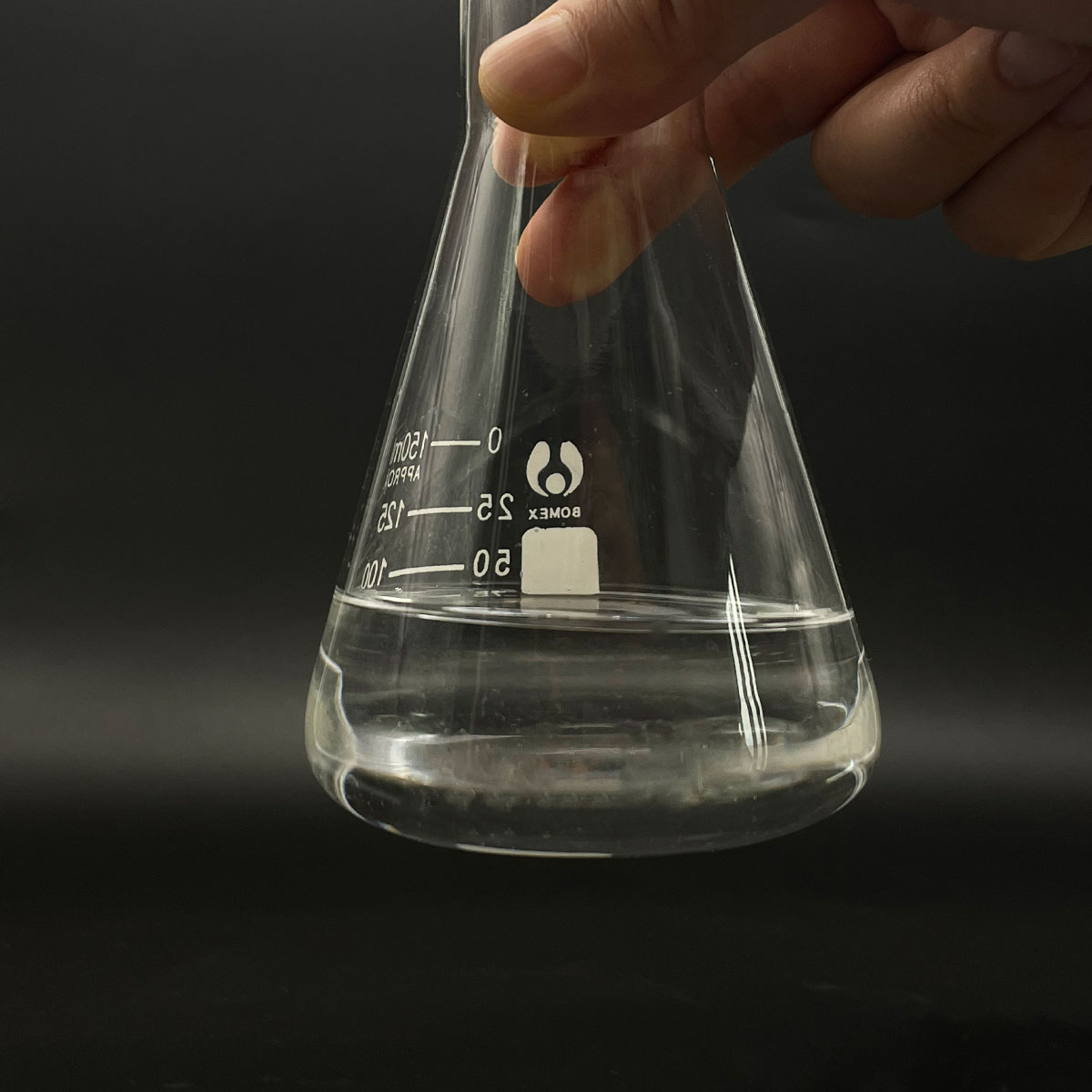Breathing Easy: Boosting Your Lungs’ Natural Lubricant
(How To Increase Surfactant In Lungs)
Ever feel like catching your breath takes real work sometimes? Like your lungs just aren’t cooperating? Well, deep inside those lungs, there’s a quiet hero working hard: surfactant. Think of it like nature’s own lung soap. This slippery stuff coats the tiny air sacs, called alveoli, where oxygen enters your blood. Surfactant stops these delicate sacs from sticking together when you breathe out. Without enough good surfactant, breathing gets tough. Your lungs feel stiff. They fight to open up with every single breath.
So, can you actually put more surfactant into your lungs yourself? You can’t just pour it in. Your body makes surfactant naturally. The real goal is helping your body make the best surfactant it can and keep your lungs healthy enough to use it well. Think support, not a direct top-up.
First up, move your body. Regular exercise is fantastic for your lungs. It makes you breathe deeper and faster. This workout for your lungs seems to tell your body, “Hey, we need strong, functional surfactant down here!” Aim for activities that get your heart pumping. Brisk walking, swimming, cycling – pick something you enjoy. Consistency matters more than intensity.
Next, quit smoking. Seriously. This is the single biggest favor you can do for your surfactant and your lungs. Cigarette smoke directly damages the cells that produce surfactant. It also messes up the surfactant that *is* there, making it less slippery and less effective. Avoid secondhand smoke too. Giving your lungs clean air is crucial.
What you eat and drink plays a part. Stay hydrated. Water helps keep the lining of your lungs moist. This moisture helps surfactant spread evenly over those air sacs. Eating a colorful mix of fruits and vegetables is smart. Foods rich in antioxidants help fight inflammation. Inflammation in the lungs can harm surfactant-producing cells. Think berries, leafy greens, nuts, and seeds.
Managing health conditions is key too. If you have chronic lung issues like asthma or COPD, work closely with your doctor. Keeping these conditions under control reduces inflammation and stress on your lungs. This gives your surfactant a better chance to work properly. Listen to your body. Don’t ignore ongoing shortness of breath or a persistent cough. These could be signs something isn’t right. Getting checked out early is always wise.
Paying attention to air quality helps. On days when pollution or pollen counts are high, try to limit strenuous outdoor activity. If your job exposes you to dust or chemicals, always use the proper protective masks. Protecting your lungs from outside irritants protects your surfactant too.
Deep breathing exercises might offer some benefit. While research is ongoing, practices like diaphragmatic breathing encourage fuller lung expansion. This could potentially help distribute surfactant more effectively. It certainly promotes relaxation, which never hurts. Try taking slow, deep breaths in through your nose, filling your belly, then exhaling slowly through your mouth.
(How To Increase Surfactant In Lungs)
Think of lung surfactant as the essential oil keeping your breathing machinery running smoothly. You can’t add it from a bottle. Focus instead on creating the best possible environment inside your lungs. Support your body’s natural production. Shield your lungs from harm. Keep them strong and flexible. Healthy lungs naturally manage their surfactant best. Making smart choices every day builds that foundation for easier breaths.
Inquiry us
if you want to want to know more, please feel free to contact us. (nanotrun@yahoo.com)




